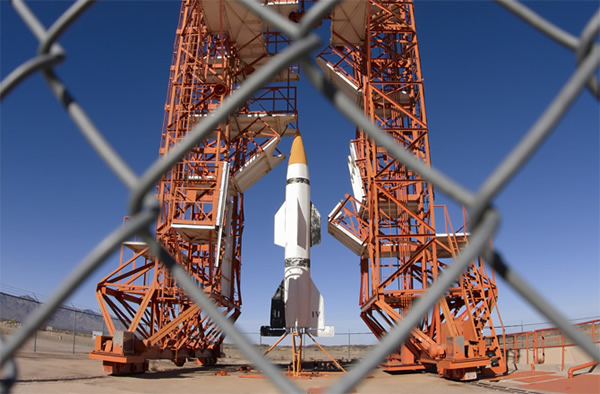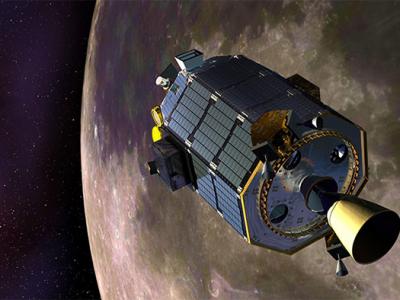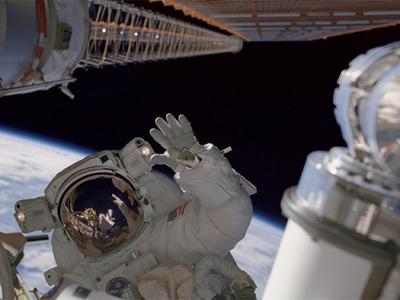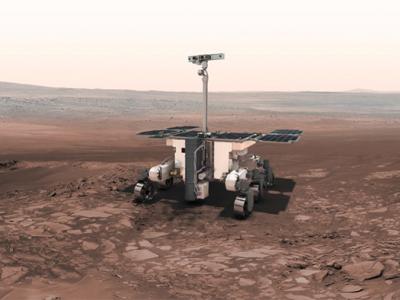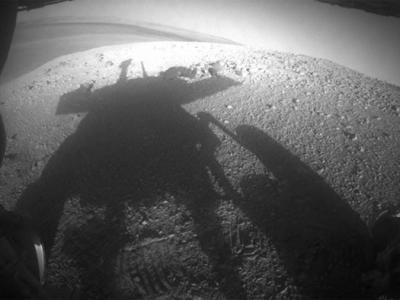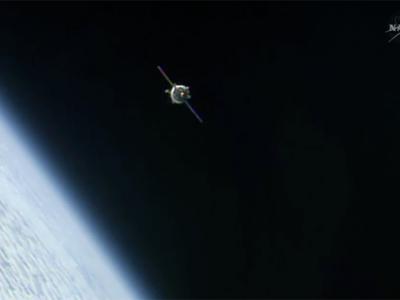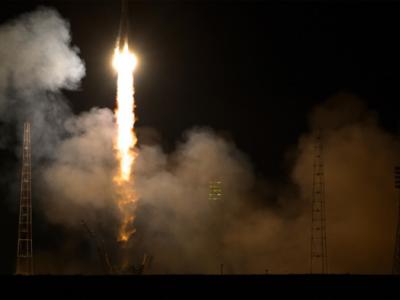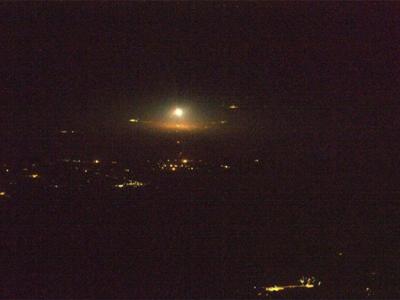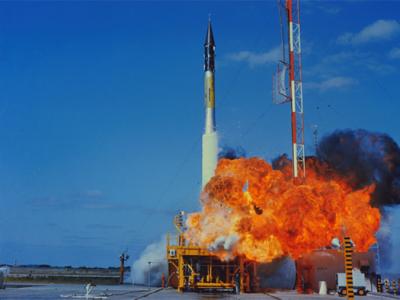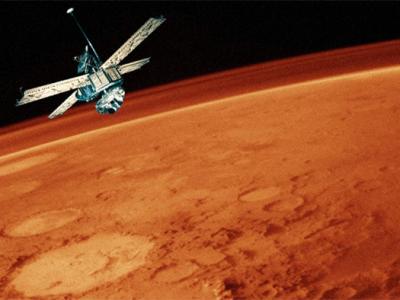Project Hermes: America's V-2 Rocket Program
It’s a question few rocket scientists have to answer these days, but at the end of the Second World War it was on everyone’s mind: what do you do with the brilliant Nazi scientists after importing them to the United States? The answer, in the case of Wernher von Braun and the team behind the V-2 missile, was to put them and their rockets to work for America in the New Mexico desert.
The German rocket scientists, particularly von Braun, were already notorious among their American counterparts. The V-2 devastated London towards the end of the war. It also outstripped any American-made missile at the time. In 1944, the American Army’s Ordnance Department issued a contract to General Electric for the development of long-range missiles, surface-to-surface missiles, and surface-to-air missiles. GE was to use the basis of their weapon; with Germany on the road to defeat the United States military hoped to make up lost ground by getting the V-2’s engineers to develop an American version.
The idea grew into Project Hermes. It was to be a three-phase program wherein GE would first study all available literature on the technology at home, then send an engineering group overseas to study the German missile program in person, and finally develop the Americanized experimental versions of the German weapon. The ultimate goal was to integrate German rocket knowledge into the American arsenal as three categories of missiles: an antiaircraft missile called Hermes A1; a surface to air wingless version of the A1 called Hermes A2; and a tactical missile called Hermes A3. The basis for all these missiles was the V-2.
Project Hermes: America's V-2 Rocket Program
The first pieces of Hermes arrived in August of 1945. Trains loaded with stray pieces of V-2 hardware and blueprints traveled from Europe through the Organ Mountains and arrived at the White Sands proving ground in New Mexico. The brand new site had a launch complex, Launch Complex 33, specifically built to accommodate V-2s, not one of which arrived ready to launch. Through trial and error throughout the war, the German rocket engineers had learned that an assembled rocket didn’t stay in flightworthy condition for long.
In the months that followed, the men who could turn the pieces of missiles into flying rockets arrived. They set to work rebuilding, and half a year after the first pieces arrived the first full V-2 roared to life during a static fire test on March 15, 1946. The first Nazi rocket took to the American skies a month later on April 16.
For a year the tests were innocuous; engineers exploring the rocket’s inner workings and learning by launching.
It wasn’t until May 29, 1947, that the Americans involved in Project Hermes got to see the V-2’s power in perhaps the most infamous and most spectacular launch of the program. The guidance unit malfunctioned on experimental V-2 weighing four and a half tons. It lifted off from the launch pad and veered south towards Mexico instead of north towards the uninhabited desert. Five minutes later the rocket landed a mile and a half south of Juarez, Mexico. There was no damage – it landed in a desolate area of jagged hills, gullies, and boondocks – but it was a close call. It narrowly missed an ammunition dump where Mexican mining companies stored powder and dynamite.
V-2 flights continued over the following years. By the end of June, 1951, 67 Nazi rockets had flown through the skies over New Mexico. And by 1951, the V-2s that launched were hardly recognizable. The standard WWII version of the V-2 was 46 feet long and 5.5 feet around with a fin span of 11 feet and 8 inches. The 1951 version had undergone major contour modifications and were on average up 47 percent heavier. The last V-2 launch under Project Hermes was on November 16, 1954, and it was a failure; the rocket broke up 204 seconds into the flight.
Over the course of Project Hermes 32 percent of the V-2 flights were failures, and the flights that failed were divided pretty evenly between guidance and propulsion problems. Regardless, they were still flights that taught American rocket scientists a lot about German engineering and ingenuity. And the rockets that did fly returned a wealth of data. They were the first American rockets to probe the edges of space.
The Americanization of the V-2 under Project Hermes ultimately led to the first generation of American built rockets: the Corporal, the Redstone that launched the first Mercury missions, the Nike, the Aerobee that launched some of the nation’s earlier animal flights, and the Atlas that delivered four Mercury astronauts into orbit. As for the Nazis behind the rocket, the American government eventually let them in as immigrants. In 1948, von Braun and the V-2 rocket team had to walk across the border in Juarez, Mexico, to make it official. The Army transferred them to the Redstone Arsenal in Huntsville, Alabama shortly thereafter.(Apr 22, 2013 12:09 PM ET // by Amy Shira Teitel)
